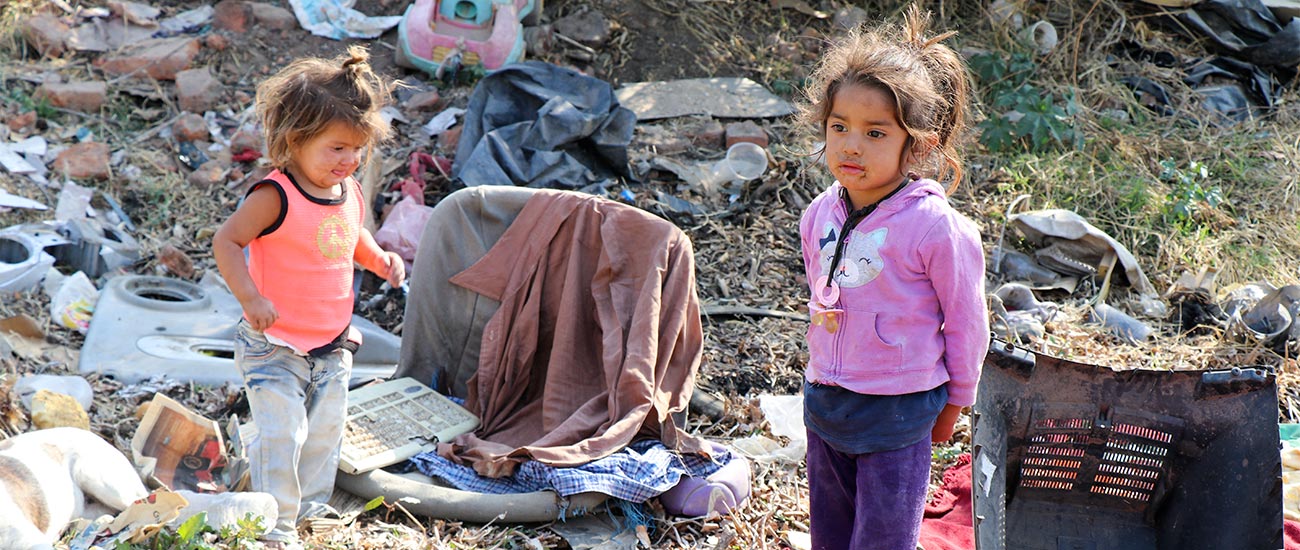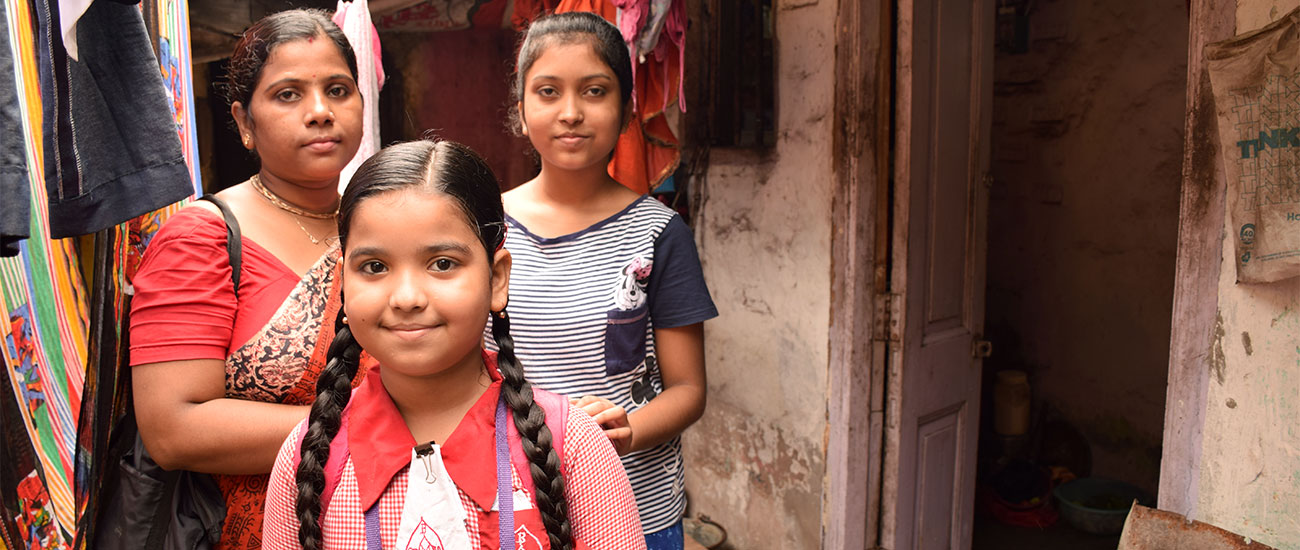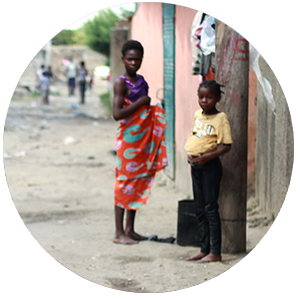How to end poverty, by Children International

Global poverty
how to end poverty: a problem you can solve
How did we get here?
You can find children suffering from poverty in every corner of the world, from Honduras to Zambia. As widespread as the problem, so are the reasons that each population finds themselves struggling. In some cases, it’s the harsh terrain that leads to a lack of employment and malnutrition, while in others, it’s years of gang violence and exposure to drugs that drive entire communities into addiction and despair.
The wrong kind of impact
Negative early experiences like exposure to drugs, malnutrition and even a simple lack of parental support can influence a child’s ability to cope with stress, affect their health and leave them falling behind in school. Poverty forces children to react to their environment instead of planning for a brighter future. They wonder, “Where will I get my next meal?” or, “ How can I help my family?” or, “Am I safe here?” This kind of short-term thinking traps children into a cycle of poverty that can last for generations.
Children can break the cycle
At Children International, we believe children and youth are the key to creating lasting change in the communities we serve. That’s why we focus our programs and efforts on children between the ages of 3-24 and their families. With your help, a sponsored child has access to life-changing educational programs, health care and dental benefits, life-skills training, job-skills workshops, communities centers, and more.

-
Poverty facts
Learn and share the facts about how poverty affects health, education, employment and more.
-
Is global poverty solvable?
The poverty numbers are staggering but we put them in perspective in a factual way that seems solvable.

How to break the cycle of poverty
At Children International, we believe ending poverty starts with children. Through our life-changing community centers, education and health programs, life-skills and empowerment workshops, children are given the opportunity to envision a future they’ve never seen before. They are given the chance to put an end to the generational poverty that has burdened those before them, and truly break the cycle of poverty for themselves and their communities.
The Cycle of Poverty
- Children born into poverty
- Early childhood illness & malnutrition
- Lack of education & resources
- Limited job skill = Unemployment
How is poverty measured?
Gathering data and statistics on poverty is up to each individual government. There is not a standard, global definition of what constitutes poverty, and gathering information can be sporadic and difficult to track. Organizations like the World Bank implement surveys, research and reports on the state of international poverty every few years, and their work is trusted as a reliable source.


What is the poverty line and how is it calculated?
The poverty line, also called the “poverty threshold,” is the minimum level of income deemed adequate in a particular country. The poverty line is different from country to country, typically being higher in developed countries and lower in less developed countries. In 2015, the World Bank found that 10% of the global population lived below the poverty line, which they defined as $1.90 per day as an absolute minimum. The actual calculation for each country comes from finding the total cost of all essential resources that an average human adult consumes in one year.
The formula for long-term change






